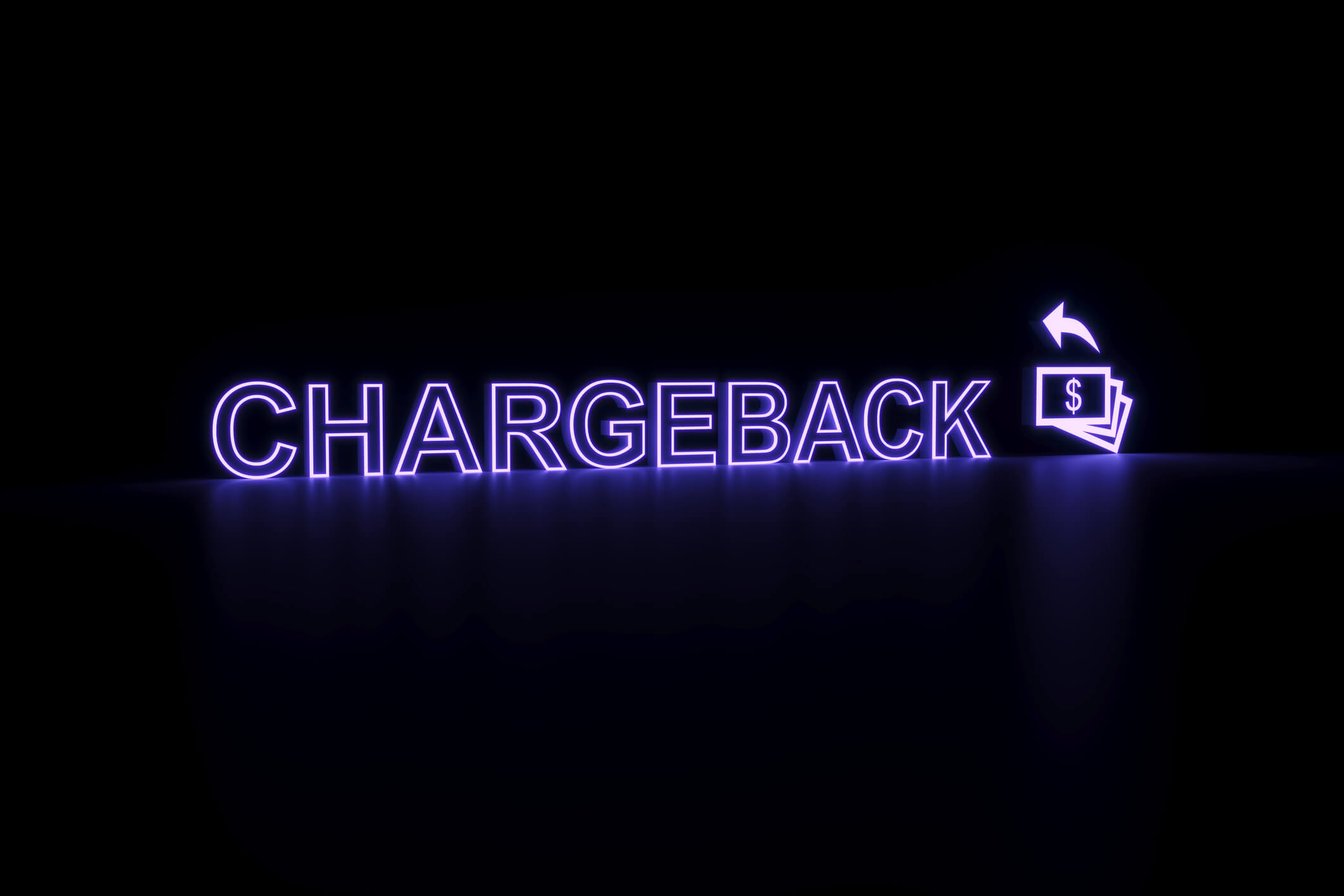
By Harriet Forster August 21, 2024
Chargebacks can be a frustrating and costly experience for businesses. When a customer disputes a charge with their credit card issuer, it can result in a chargeback, which means the funds are taken back from the merchant’s account. However, it is possible to dispute a chargeback successfully and recover the lost funds.
In this comprehensive guide, we will explore the process of disputing a chargeback and provide you with valuable insights and strategies to increase your chances of a successful outcome.
Understanding Chargebacks: What You Need to Know
Before diving into the dispute process, it is crucial to understand what chargebacks are and why they occur. A chargeback is a reversal of a credit card transaction initiated by the cardholder’s bank. It can happen for various reasons, such as fraud, dissatisfaction with the product or service, or unauthorized use of the card. Chargebacks are designed to protect consumers from fraudulent or unauthorized charges, but they can also be abused by dishonest customers.
To effectively dispute a chargeback, you need to familiarize yourself with the chargeback reason codes. These codes provide a standardized way for card issuers to categorize the reason for the dispute. Common reason codes include fraud, authorization issues, product not received, or product not as described. Understanding the specific reason code associated with the chargeback will help you tailor your response and gather the necessary evidence.
Gathering Evidence: The Key to a Successful Dispute
When disputing a chargeback, evidence is your most powerful weapon. It is essential to gather all relevant documentation and information to support your case. The more compelling evidence you can provide, the higher your chances of winning the dispute. Let’s explore two critical aspects of evidence gathering: transaction records and customer communication.
Transaction Records: The Foundation of Your Defense

Transaction records are the backbone of your defense against a chargeback. They provide a detailed account of the transaction, including the date, time, amount, and any additional information related to the purchase. It is crucial to maintain accurate and organized transaction records to effectively dispute a chargeback.
Start by reviewing the transaction records associated with the disputed charge. Look for any discrepancies or irregularities that could help prove your case. For example, if the chargeback reason is fraud, check if the transaction was authenticated using the cardholder’s verified information, such as the CVV code or address verification. If the transaction was properly authorized and fulfilled, it strengthens your defense.
Additionally, keep in mind that chargebacks have time limits. Each reason code has a specific timeframe within which the cardholder must initiate the dispute. Ensure that you have access to historical transaction records beyond the chargeback timeframe to provide a comprehensive view of the transaction’s legitimacy.
Customer Communication: The Power of Documentation

Effective customer communication is crucial when disputing a chargeback. It is essential to maintain a record of all interactions with the customer, including emails, phone calls, and any other form of communication. These records can serve as valuable evidence to support your case.
When communicating with customers, be professional, empathetic, and proactive. Address their concerns promptly and provide clear and concise explanations. By documenting these interactions, you can demonstrate your commitment to resolving any issues and show that you have made efforts to rectify the situation before the chargeback was initiated.
In cases where the customer claims they did not receive the product or service, provide proof of delivery or fulfillment. This can include tracking numbers, delivery confirmation, or signed receipts. By presenting this evidence, you can counter the customer’s claim and demonstrate that the transaction was completed as agreed.
Additional Supporting Documentation: Strengthening Your Case
In addition to transaction records and customer communication, there are other types of supporting documentation that can strengthen your case. These documents can vary depending on the nature of the dispute, but some common examples include:
- Product or service descriptions: Provide detailed descriptions of the product or service purchased, including specifications, features, and any relevant terms and conditions. This documentation can help refute claims of product misrepresentation.
- Return policies and refund procedures: If the customer claims they were unable to return the product or receive a refund, provide evidence of your return policy and the steps you took to facilitate returns or refunds. This can include screenshots of your website or copies of emails outlining your return process.
- Shipping and delivery records: If the dispute revolves around the delivery of physical goods, provide shipping and delivery records to prove that the product was shipped and received by the customer. This can include carrier receipts, tracking information, or signed delivery confirmation.
- Service agreements or contracts: If the dispute involves a service, provide copies of any service agreements or contracts signed by the customer. These documents can help establish the terms and conditions agreed upon and refute claims of inadequate service.
By gathering and presenting these additional supporting documents, you can further strengthen your case and increase your chances of a successful dispute.
Crafting a Compelling Response: Presenting Your Case
Once you have gathered all the necessary evidence, it is time to craft a compelling response to the chargeback. Your response should address the specific reason code associated with the dispute and provide a clear and concise explanation of why the chargeback is unwarranted. Let’s explore two critical aspects of crafting a compelling response: addressing common chargeback reasons and the importance of timeliness.
Addressing Common Chargeback Reasons: Tailoring Your Response
Different chargeback reasons require different approaches when crafting your response. Let’s take a look at some common chargeback reasons and strategies to address them effectively:
- Fraudulent transaction: If the chargeback reason is fraud, provide evidence that the transaction was properly authenticated and fulfilled. Include transaction records, proof of delivery, and any other relevant documentation that supports the legitimacy of the transaction.
- Product not received: If the customer claims they did not receive the product, provide shipping and delivery records to prove otherwise. Include tracking numbers, delivery confirmation, or any other evidence that demonstrates the product was successfully delivered.
- Product not as described: If the customer alleges that the product received does not match the description, provide detailed product descriptions, specifications, and any other relevant documentation that supports the accuracy of your product representation.
- Unauthorized use of the card: If the customer claims the transaction was unauthorized, provide evidence that the transaction was properly authorized and fulfilled. Include transaction records, proof of delivery, and any other documentation that supports the legitimacy of the transaction.
By tailoring your response to address the specific chargeback reason, you can effectively counter the customer’s claim and present a compelling case.
The Importance of Timeliness: Meeting Deadlines
Timeliness is crucial when disputing a chargeback. Card networks and issuers have strict deadlines for submitting your response. Failing to meet these deadlines can result in an automatic loss of the dispute, regardless of the strength of your evidence.
As soon as you receive a chargeback notification, act promptly. Review the reason code, gather the necessary evidence, and craft your response. Ensure that you submit your response within the specified timeframe to maximize your chances of a successful dispute.
Frequently Asked Questions (FAQs)
Q.1: Can I dispute a chargeback if I don’t have all the necessary evidence?
While having strong evidence is crucial, it is still possible to dispute a chargeback even if you don’t have all the documentation. Provide any evidence you have and explain the circumstances surrounding the lack of additional evidence. However, keep in mind that the more evidence you can provide, the better your chances of success.
Q.2: What happens if I lose a chargeback dispute?
If you lose a chargeback dispute, the funds will be permanently deducted from your account. However, you can still learn from the experience and take steps to prevent future chargebacks by improving your processes, addressing customer concerns, and implementing fraud prevention measures.
Q.3: Can I hire a professional service to handle chargeback disputes on my behalf?
Yes, there are professional services available that specialize in chargeback management. These services can help you navigate the dispute process, gather evidence, and craft compelling responses. However, it is important to carefully evaluate the cost and benefits before engaging such services.
Conclusion
Disputing a chargeback successfully requires a comprehensive approach that involves understanding chargebacks, gathering compelling evidence, and crafting a persuasive response. By familiarizing yourself with the chargeback reason codes, maintaining accurate transaction records, documenting customer communication, and providing additional supporting documentation, you can strengthen your case and increase your chances of a successful dispute.
Remember to address the specific chargeback reason, meet deadlines, and act promptly to maximize your chances of recovering the lost funds. With the strategies outlined in this guide, you can navigate the chargeback dispute process with confidence and protect your business from unwarranted losses.